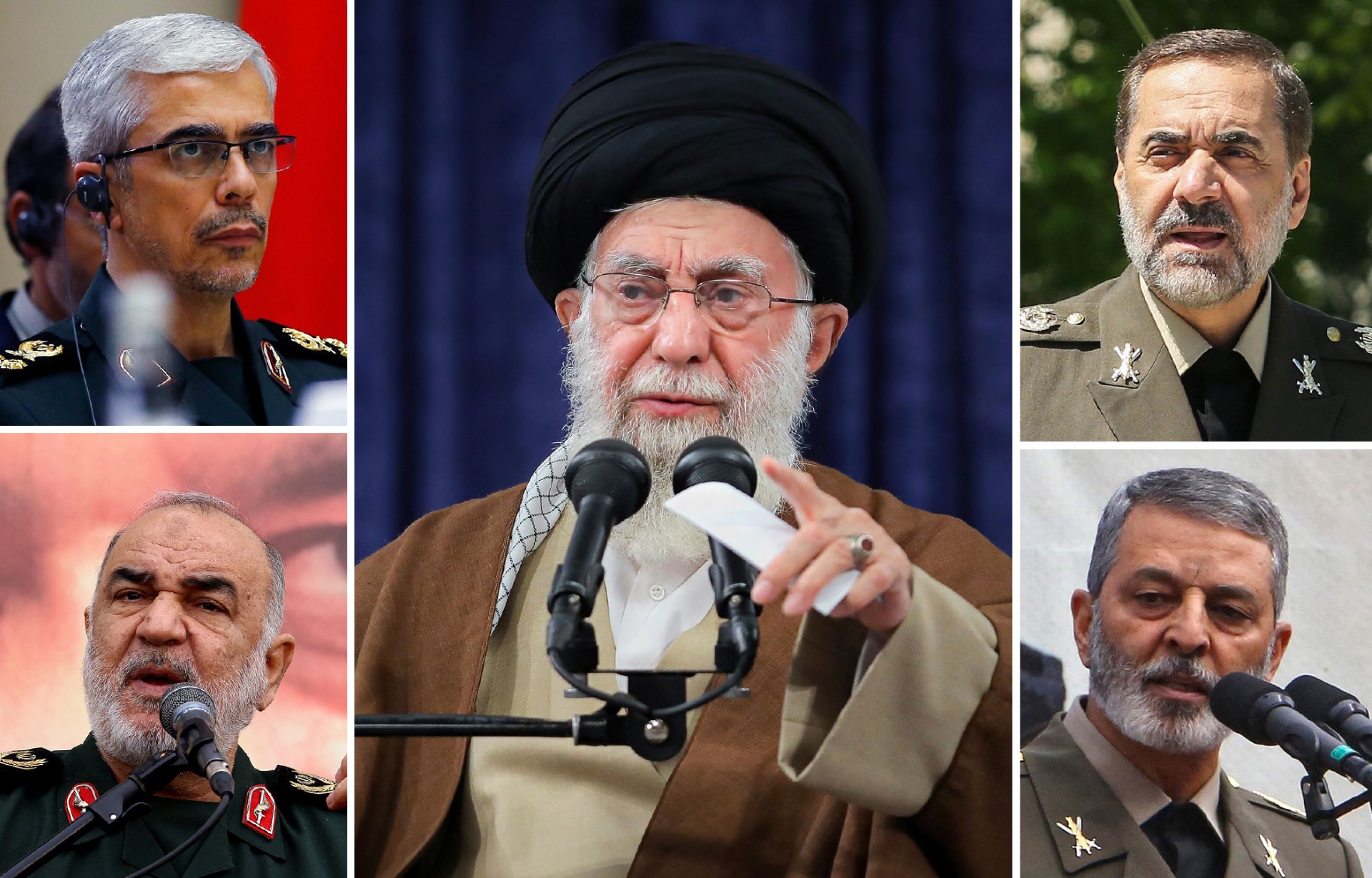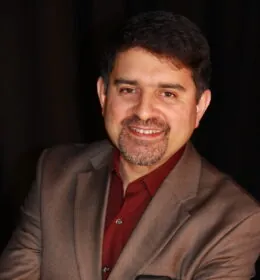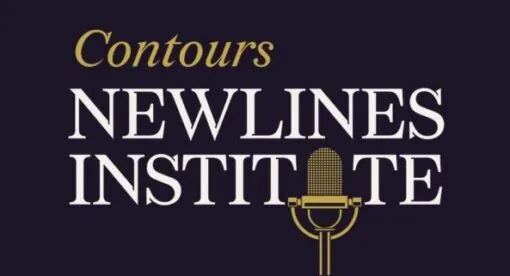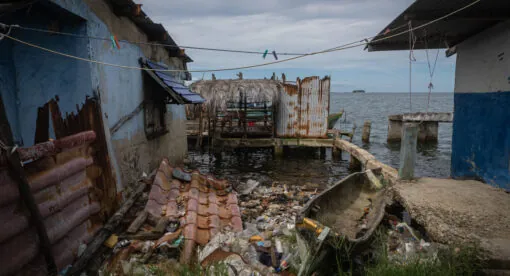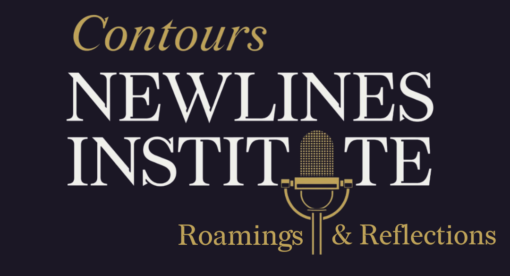Executive Summary
At present, international focus is on Iran’s increasingly aggressive stance in the Middle East in the wake of its unprecedented direct attack on Israel on April 13. However, while Tehran hurtles toward a major war in the region, the situation on its domestic front is headed toward a critical pivot point. Over the past 20 years, Iran’s Islamist regime has been experiencing a process of evolutionary regime change. The political establishment’s efforts to regain control over the executive and legislative branches of government has had a major unintended consequence in the form of deepening of intra-conservative rivalries. A key outcome of this power struggle is the rise of the Islamic Revolutionary Guards Corps (IRGC) as the most powerful institution in the country – at the expense of the clerical establishment. These struggles in Tehran are intensifying as the Islamic Republic approaches a key inflection point: with the expected passing of the infirm 85-year-old Supreme Leader Ayatollah Ali Khamenei, who has been at the helm for the 35 years of the regime’s 45-year-history. His successor is likely to be far more beholden to the military, which will dominate post-Khamenei Iran.
Unfortunately, these changes will not lead to democratization of the Iranian polity as is the expectation of a vast majority of Iranian people, at least not in the foreseeable future; instead, the military will use the republican institutions to establish its supremacy over the state. But this won’t be a simple case of the military gaining supremacy over the clergy, given that the Islamic Republic has two parallel military forces: the IRGC and the regular armed forces known as the Artesh. This massive domestic change is taking place as Iran has emerged as the most significant driver of geopolitics in the Middle East and beyond, given its escalating conflict with both Israel and the United States in the wake of the ongoing war in Gaza. It will serve as a key constraint on Tehran’s ability to project power in its strategic environs.
Key Takeaways
■ Post-Khamenei Iran can be expected to gradually shed its hard-line Islamist ideology in the theocratic sense.
■ The clergy will likely have to part ways with some of its political power in an effort to retain their religious role in society.
■ The military will be the center of gravity of the country’s political system, but if the IRGC is to dominate politics, it will have to get buy-in from the regular armed forces.
■ The regime’s future behavior will be driven by a blend of Iranian nationalism and Islamic identity.
Policy Implications
■ The next U.S. administration will need to be prepared to take advantage of this internal metamorphosis. Washington will need a new strategy to shape the behavior of an Iranian polity in flux – one that takes into account the manner in which the complex internal balance of power in Tehran will likely shift.
■ Tehran’s foreign policy could become somewhat more pragmatic, but it will continue to aggressively pursue its regional interests and therefore continue to be a challenge for international security, especially as it does not face any capable countervailing forces in the Arab world.
■ The evolution of the Islamic republic will likely be similar to that of the People’s Republic of China during the 1970s, in that Tehran, even as it becomes less ideological, will remain a strategic quandary for U.S. foreign policy and national security interests.

